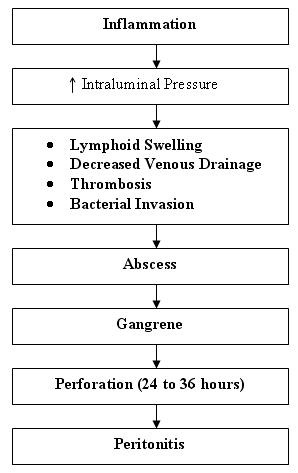The pathophysiology of emphysema is best explained on the basis of decreased pulmonary elastic recoil. At any pleural pressure, the lung volume is higher than normal. Additionally, the altered relation between pleural and alveolar pressure facilitates expiratory dynamic compression of airways. Such compression limits airflow during forced expiration and, in severe instances, during tidal expiration. Another factor contributing to airflow limitation is disease of the airways, both large and small. In general, patients with relatively pure emphysema maintain blood gases in or near the normal range until very late in their course. PaO2 is maintained because of the preserved matching of ventilation and perfusion as alveolar walls are destroyed. PaCO2 is maintained because the ventilatory response to CO2 is not usually impaired. It is not clear why patients who are categorized clinically as "chronic bronchitics" are more likely to respond to an increased flow-resistive work of breathing by hypoventilating. Physical findings in emphysema are not specific. Radiologic changes are insensitive and are of less value than physiologic measurements.
Tuesday, April 17, 2012
Pathophysiology of Emphysema
The pathophysiology of emphysema is best explained on the basis of decreased pulmonary elastic recoil. At any pleural pressure, the lung volume is higher than normal. Additionally, the altered relation between pleural and alveolar pressure facilitates expiratory dynamic compression of airways. Such compression limits airflow during forced expiration and, in severe instances, during tidal expiration. Another factor contributing to airflow limitation is disease of the airways, both large and small. In general, patients with relatively pure emphysema maintain blood gases in or near the normal range until very late in their course. PaO2 is maintained because of the preserved matching of ventilation and perfusion as alveolar walls are destroyed. PaCO2 is maintained because the ventilatory response to CO2 is not usually impaired. It is not clear why patients who are categorized clinically as "chronic bronchitics" are more likely to respond to an increased flow-resistive work of breathing by hypoventilating. Physical findings in emphysema are not specific. Radiologic changes are insensitive and are of less value than physiologic measurements.




